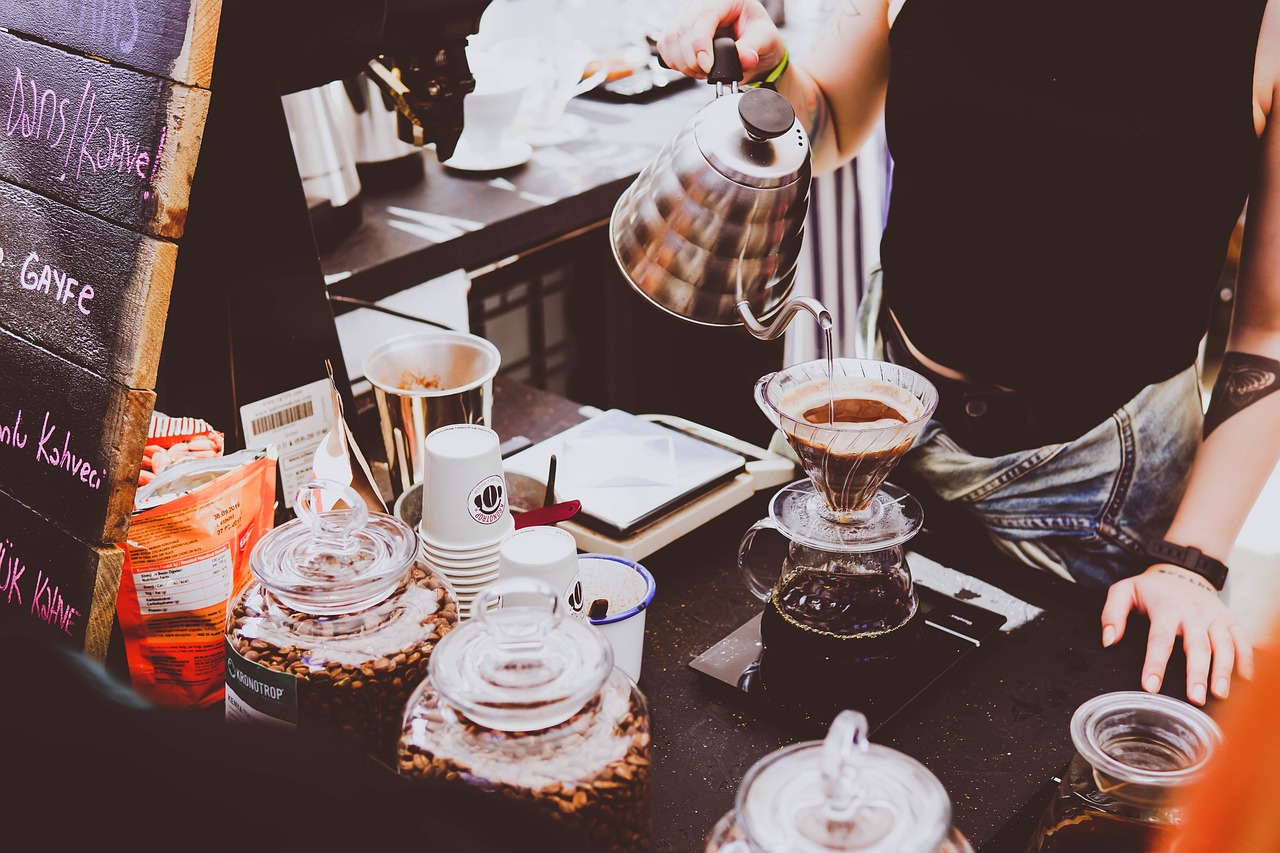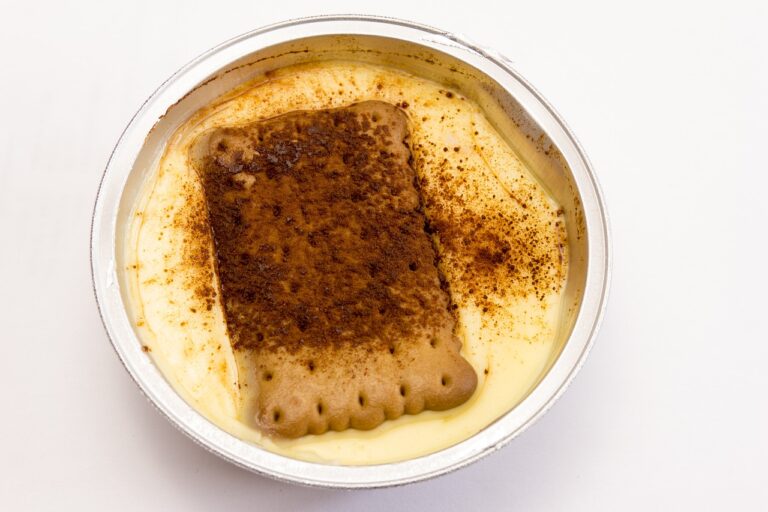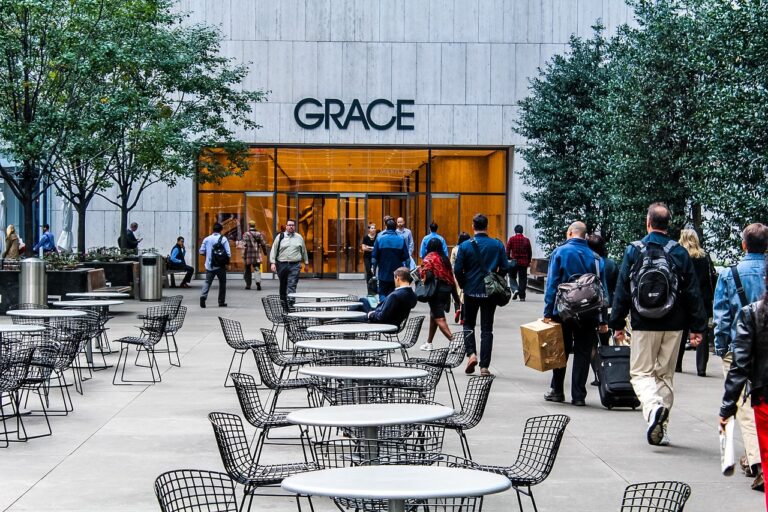The Psychology of Color in Retail: How Store Design Impacts Shopping Behavior
When it comes to the psychology of consumer behavior, the role of color cannot be overlooked. Colors have the ability to evoke various emotions and influence our purchasing decisions. Research has shown that certain colors can stimulate specific feelings in consumers, leading them to feel excited, calm, or even hungry based on the color scheme used in a store or product packaging.
For example, warm colors like red and orange are often associated with passion, energy, and urgency. These colors are commonly used in clearance sales or fast-food chains to create a sense of excitement and prompt quick decisions. On the other hand, cool colors such as blue and green are known for their calming and soothing effects. Retailers often use these colors to convey a sense of trust, reliability, and serenity, especially in high-stress shopping environments.
How Store Layout Influences Buying Decisions
When it comes to shopping, the layout of a store plays a crucial role in influencing buying decisions. A well-thought-out store layout can guide consumers through the space in a strategic way, leading them to different product sections and creating a seamless shopping experience. On the other hand, a poor store layout can confuse and overwhelm shoppers, causing them to feel frustrated and less likely to make a purchase.
The strategic placement of products, aisles, and displays can greatly impact consumer behavior. By placing high-demand or popular items in prime locations, such as at eye level or near the entrance, retailers can attract more attention and influence customers’ purchase decisions. Additionally, creating clear paths and organizing products in a logical manner can help shoppers navigate the store more easily and make informed choices, ultimately leading to increased sales and customer satisfaction.
The Role of Visual Merchandising in Creating a Shopping Experience
Visual merchandising plays a crucial role in shaping the shopping experience for consumers. Through strategic placement of products, lighting, and displays, retailers can create a visually appealing environment that captures the attention of shoppers. By utilizing color psychology and design principles, visual merchandisers can evoke specific emotions and influence purchasing decisions without customers even realizing it.
In addition to aesthetics, effective visual merchandising can also guide customers through the store and help them navigate their way around the different sections. By creating clear pathways and focal points, retailers can enhance the overall shopping experience and make it easier for customers to find what they are looking for. This attention to detail not only improves customer satisfaction but also increases the likelihood of impulse buys as shoppers are encouraged to explore the store further.
What is visual merchandising?
Visual merchandising is the practice of presenting products in a way that maximizes their visual appeal to customers. It involves using various techniques such as color, lighting, and layout to create an engaging shopping experience.
How does color impact consumer emotions?
Color has a strong influence on consumer emotions. For example, warm colors like red and orange can create a sense of urgency and excitement, while cool colors like blue and green can evoke feelings of calmness and trust.
How does store layout influence buying decisions?
The layout of a store can greatly impact buying decisions. A well-designed layout can guide customers through the store, highlight key products, and create a seamless shopping experience. On the other hand, a confusing or cluttered layout can deter customers from making a purchase.
Why is visual merchandising important in creating a shopping experience?
Visual merchandising plays a crucial role in creating a memorable shopping experience for customers. By using visual elements effectively, retailers can capture the attention of shoppers, communicate brand messages, and ultimately drive sales.







